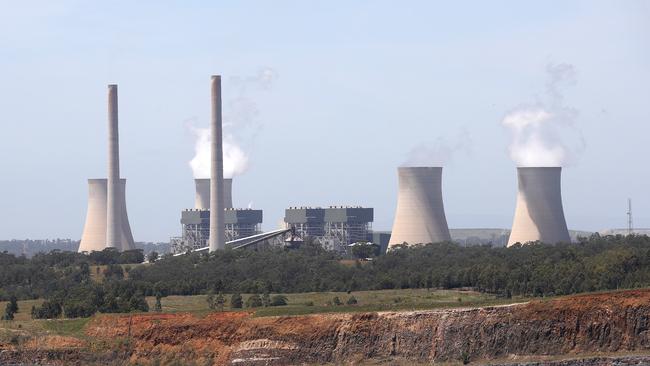Australia can lead the world in cutting carbon emissions

Despite adopting renewables at an impressive pace, we release more than 15 tonnes of CO2 per Australian into the atmosphere a year, according to the International Energy Agency. The vast majority of those emissions come from using fossil fuels, including to power electricity generation.
If we are to play our part in the world’s crucial energy transition we need a coherent plan – a real road map, based on science and engineering – for carbon emissions reduction.
Businesses have the drive to be more sustainable. We can help them achieve their goals. We do this by optimising their energy use through digital and automated technology, renewable power deals, microgrids, and alternative power sources. We help companies navigate the transition towards net-zero emissions; the technology to enable our energy transition is available today.
I see six key steps towards achieving Australia’s energy transition, focused on adopting targets, embracing renewables (and modernising the grid to facilitate that), making our buildings energy efficient, and digitising and electrifying industry.
We must commit to the Paris Agreement’s emissions targets, by or before 2050. The good thing about targets is we strive to achieve them, designing policies and practices that make them attainable. Committing to the Paris Agreement is a key step to provide clarity we need as a nation.
To achieve this, we must unequivocally adopt renewables as the energy of the future and support investment in them. Rather than complaining about stress on the grid from multi-directional power flows and intermittent supply, upgrade the grid so it is fit for future purpose.
We must enable demand response so industry can scale up and down power use in times of stress and support energy storage, including batteries and electric vehicles. As well as cutting petrol use, an EV battery could power a house for days.
We need to turn the power grid upside down. It was designed to distribute power one way from about 20 generators to consumers. We need a country of 20 million generators, balancing energy across the grid.
If we ensure households and businesses can sell solar power back onto the network, we can democratise energy creation, usage and trading.
We can build on our adoption of rooftop solar and lead the world in renewables. Last year, they generated almost a quarter of our electricity, 63,000 gigawatt hours’ worth. Let’s more than double that by 2030 and have renewables supplying at least half of our energy needs.
The core challenge to reach net-zero targets is decarbonisation by reducing fossil fuel use, which accounts for 80 per cent of our emissions. We must decarbonise industries that are emissions intensive, most notably manufacturing and construction.
Princeton University’s Net-Zero America report demonstrates decarbonisation is an overall jobs creator, with a global competitive advantage for first movers. It also found energy sector jobs would double by 2050, with opportunities in wind, solar and the grid dwarfing job losses in the oil and gas sectors.
The biggest players in emissions-intensive industries, such as BHP and Orica, have recently joined Australia’s Energy Transitions Initiative, committing to reaching net-zero themselves in their supply chains by 2050. They are looking to technology, energy efficiency, digitisation and electrification together to accelerate emission reductions across whole supply chains in these sectors that face structural challenges to achieve their goals.
We must make buildings electric and energy efficient. Today, nearly a third of power use for buildings is wasted. We can prevent this waste with retrofits to offices, factories and public buildings such as hospitals and schools.
The capacity to lead the world’s energy transition is within our grasp if we can embrace concrete targets and map out our steps to achieve them.
Gareth O’Reilly is president, Pacific, of Schneider Electric.






Australia is a leader and a laggard in the climate stakes – best in the world for adopting solar (nearly one in four homes generate solar power), but one of the worst, per capita, for carbon emissions.